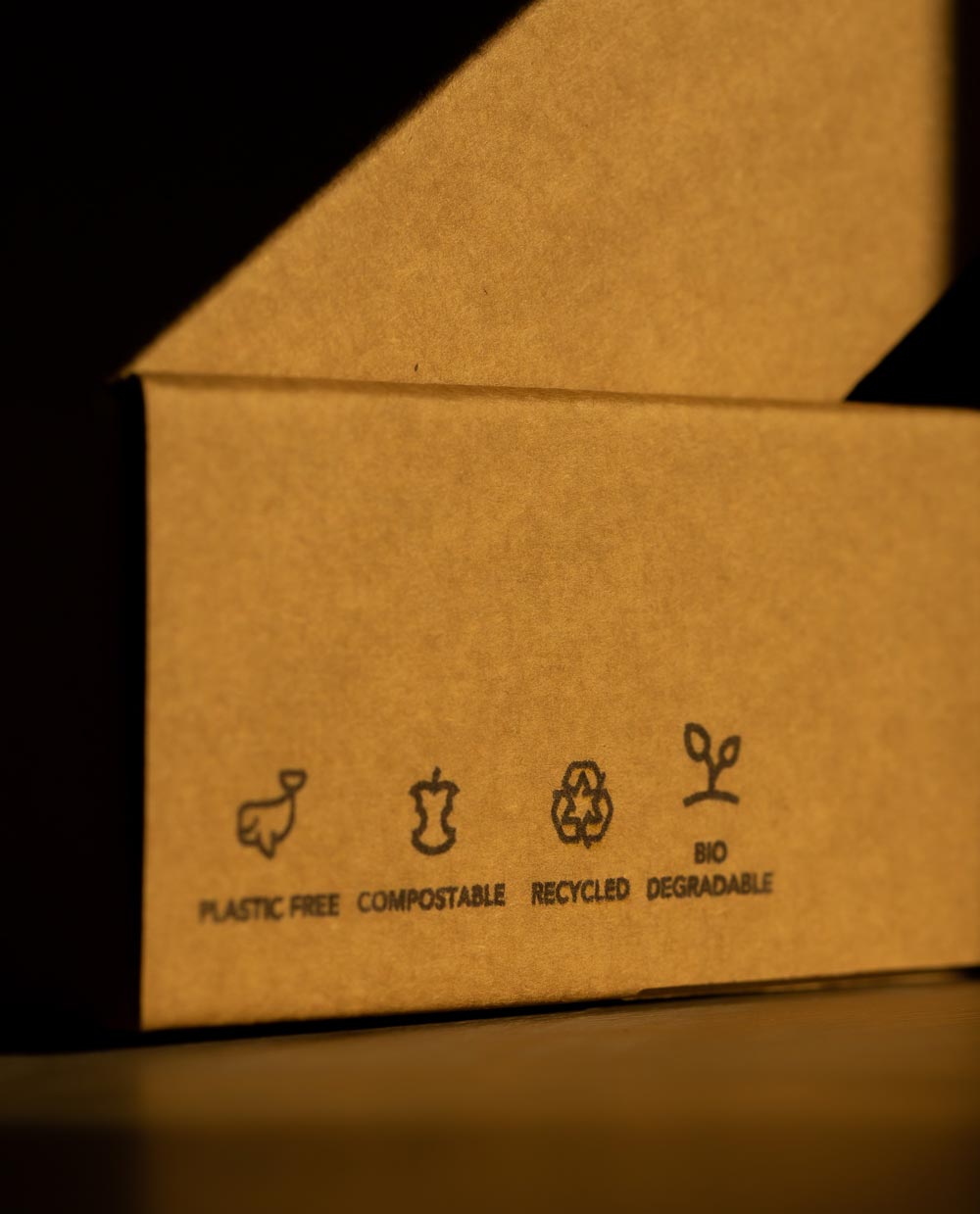Sustainable shopping – a beginner’s guide

Photo by Marcell Viragh on Unsplash
While we are collectively dealing with a lot right now, we are also in a sort of awakening. More and more of us are suddenly more aware of the impact we have on our environment and why our collective decisions are becoming increasingly important.
While the responsibility of saving the world cannot lie in the hands of an individual, if we all try to make better choices, we could slow down our world’s deterioration.
It could be as simple as rethinking the way we shop.
Sustainably shopping means that we are aware of the health, environmental and social impacts of what we buy. It is a chance to support the products and services that align with our beliefs
This approach includes the raw materials used to create a product, the manufacturing process, packaging, ultimate disposal of each item and any transportation required throughout its lifecycle.
The benefits of sustainable shopping are endless. The practice contributes towards protecting the environment, promotes health, supports local business and employment, protects workers and promotes animal welfare.
A sustainable user knows that the earth is one giant ecosystem of ecosystems that all rely and depend on each other.
There are different ways to include sustainable shopping into your lifestyle, and if practiced regularly, can turn into an effortless routine.
1. Don’t consume more than you need :
This doesn’t mean that you deprive yourself of the essentials of life, but to question if you actually need to buy something to fulfill that need.
You may be able to reuse, repurpose and repair what you already have.
You can turn something old or handy into something new by looking up simple DIY techniques.
For example, instead of buying a multipurpose cleaner from the market, you can refill an old bottle with citrus, vinegar and water.
As packaging is a major part of the waste created by consumers, it can be avoided.
Grow and cook your food at home, choose to go to the restaurant as compared to ordering in. If this can’t be avoided, choose restaurants that recycle and reuse their packaging.
If you can afford to, try
2. Shop second hand:
Anything new that is sold in the market has a carbon footprint. Buying second hand eliminates the extraction and production process of that item.
Thrifting is a great way to support sustainability. You can keep reinventing your wardrobe and your space with things that other people may not have use for anymore.
Pro tip: Keep overconsumption in mind, even when thrifting.
3. Shop quality over quantity:
Things that don’t last the wear and tear of your lifestyle aren’t worth it.
Investing in long lasting products which may be initially more expensive, actually prevent you from spending more money later trying to repair and replace them.
This reduces waste which gets accumulated because of low quality made products.
4. Choose eco-friendly:
To better understand the sustainability of any tangible thing you are buying, it is key to know the lifecycle and supply chain processes of what you are buying.
In order to find out if what you are buying is sourced and produced in an environmentally friendly way, ask yourself the following questions:
- Is the resource easily replenished or renewable in nature?
- Is the extraction, growth, collection, and production process considerate and kind to the surrounding community and environment?
- Can I find a version of this product made from recycled or repurposed material?
- How long do the materials in this product take to decompose?
- Could I and would I compost or recycle this?
- Was it extracted and produced using renewable energy sources?
- What about the packaging?
- How does my use, consumption, and disposal of this good or product affect the environment?
- Does it contain toxic or harmful material?
5. Reduce your shopping mileage:
Buying locally, from clothing to groceries to books, will support the local economy and employment, and minimise energy expenditure and emissions associated with transport.
Buying something from a distributor who runs only in your city is way more cost effective, and you know that not much carbon footprint has gone in getting that product to you. Buy seasonal produce and reduce online purchases.
While all of the above seems like a lot to consider, follow them as guidelines to begin a more sustainable journey.
Once you have all your information and it is integrated into your routine, sustainable shopping gets easy to practice. It may also help to gather a group of like minded people around your area to source out certain purchases. You can also support local and eco-friendly stores to further your agenda.
It’s also important to note that some aspects of sustainability can only be afforded by some of us, so if it is within your means to make better choices, you should consider doing so, whenever you can.
When it comes to the environment, no good deed can go unnoticed.


